Mazda celebrates the rotary-powered Cosmo
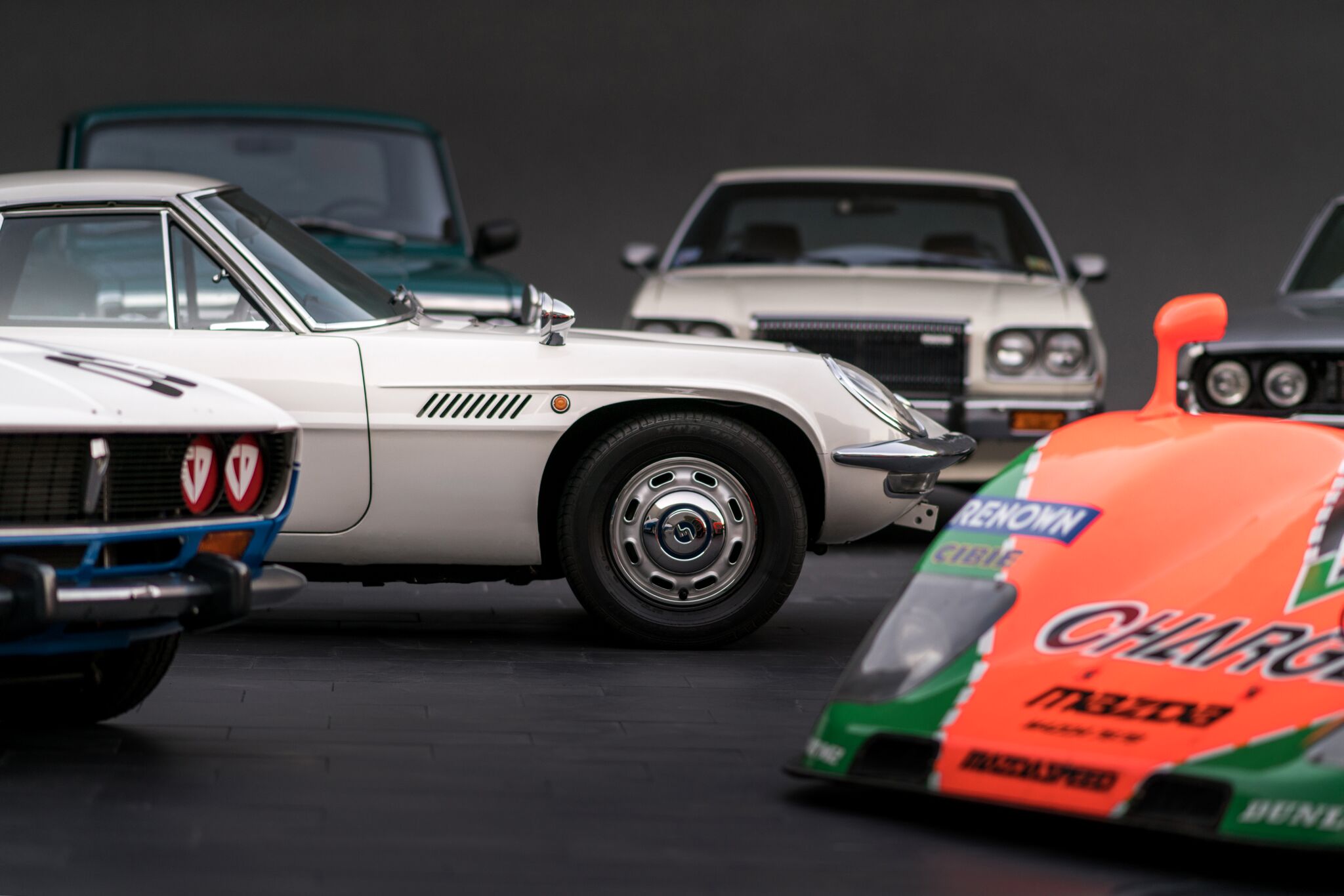
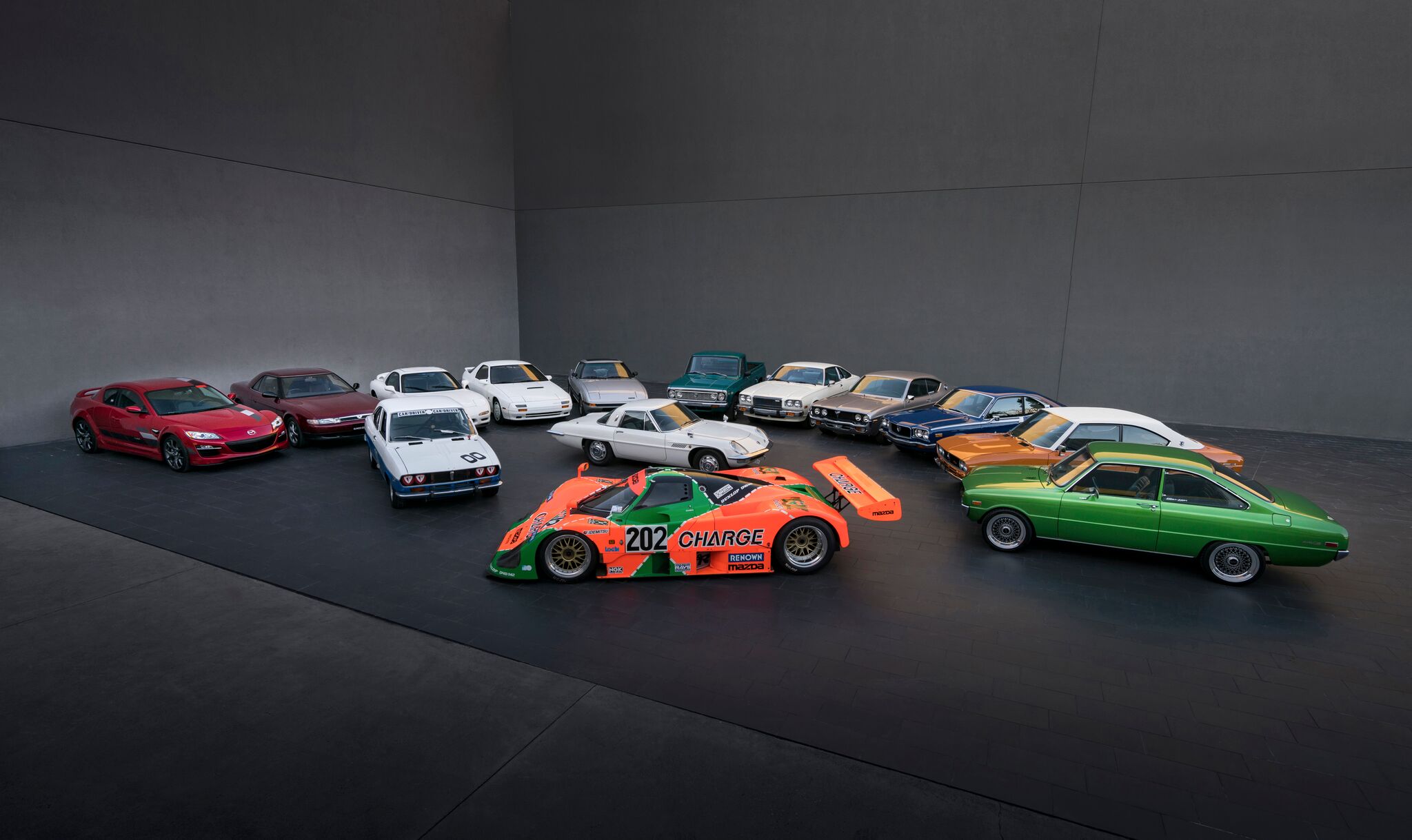
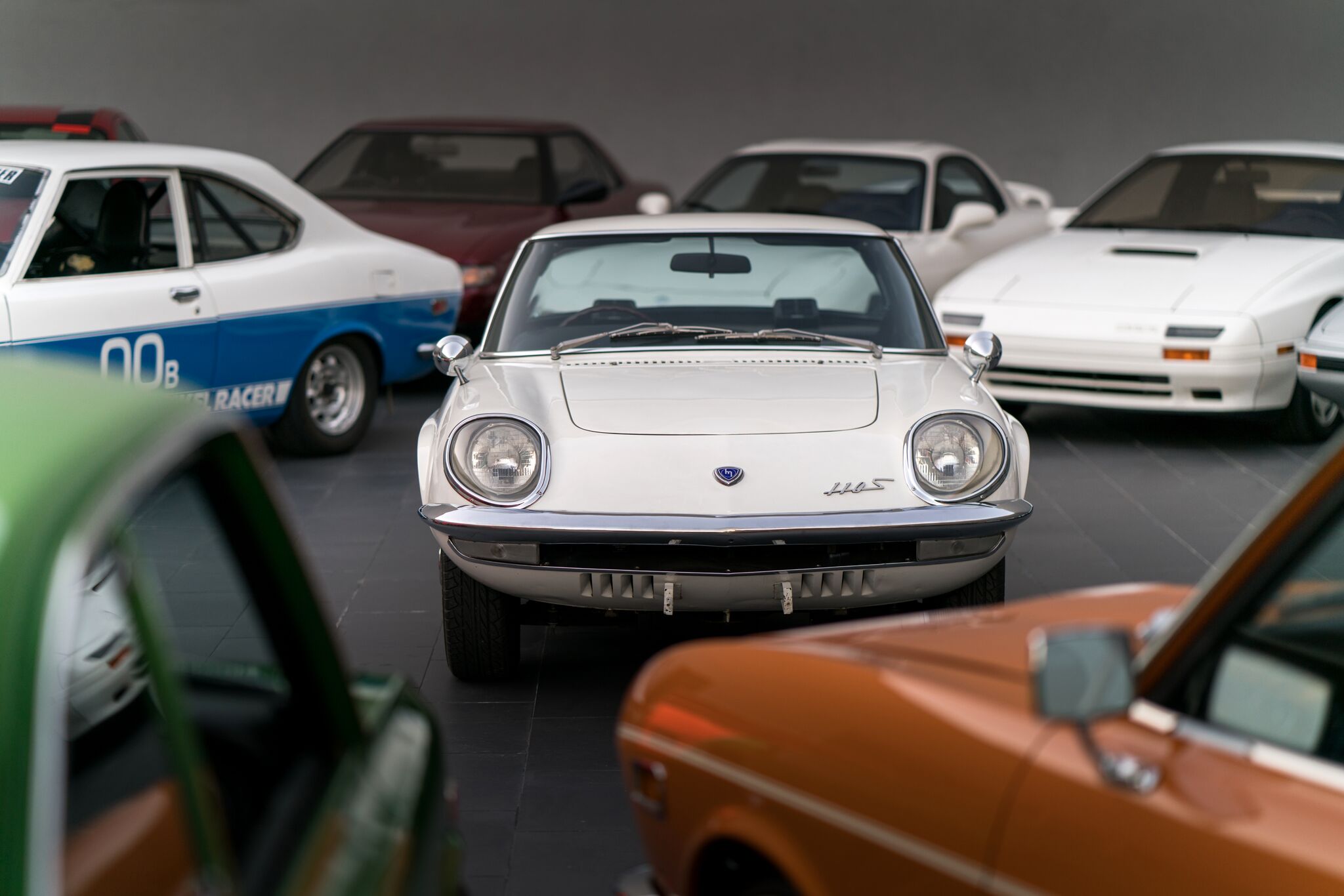
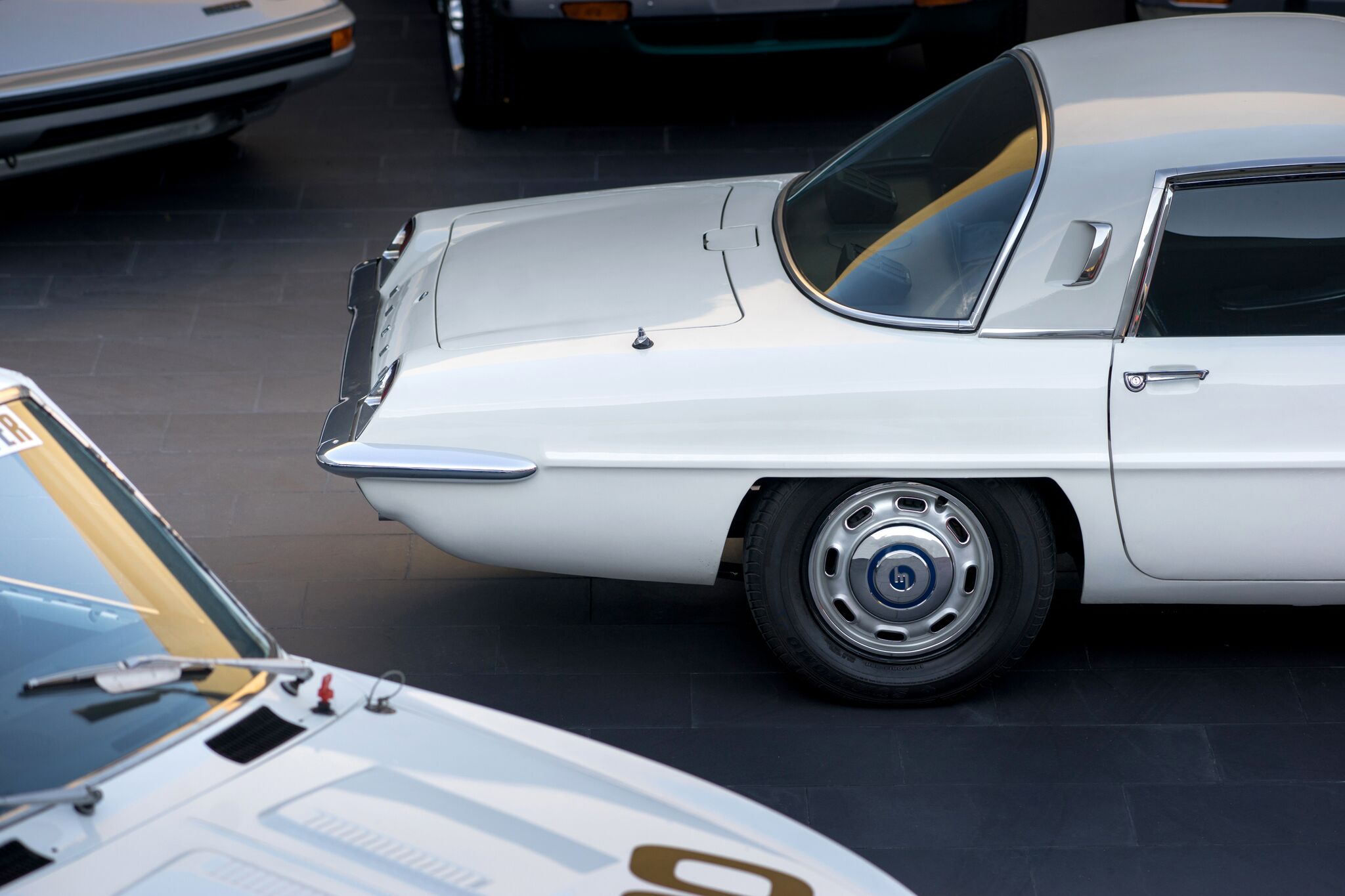
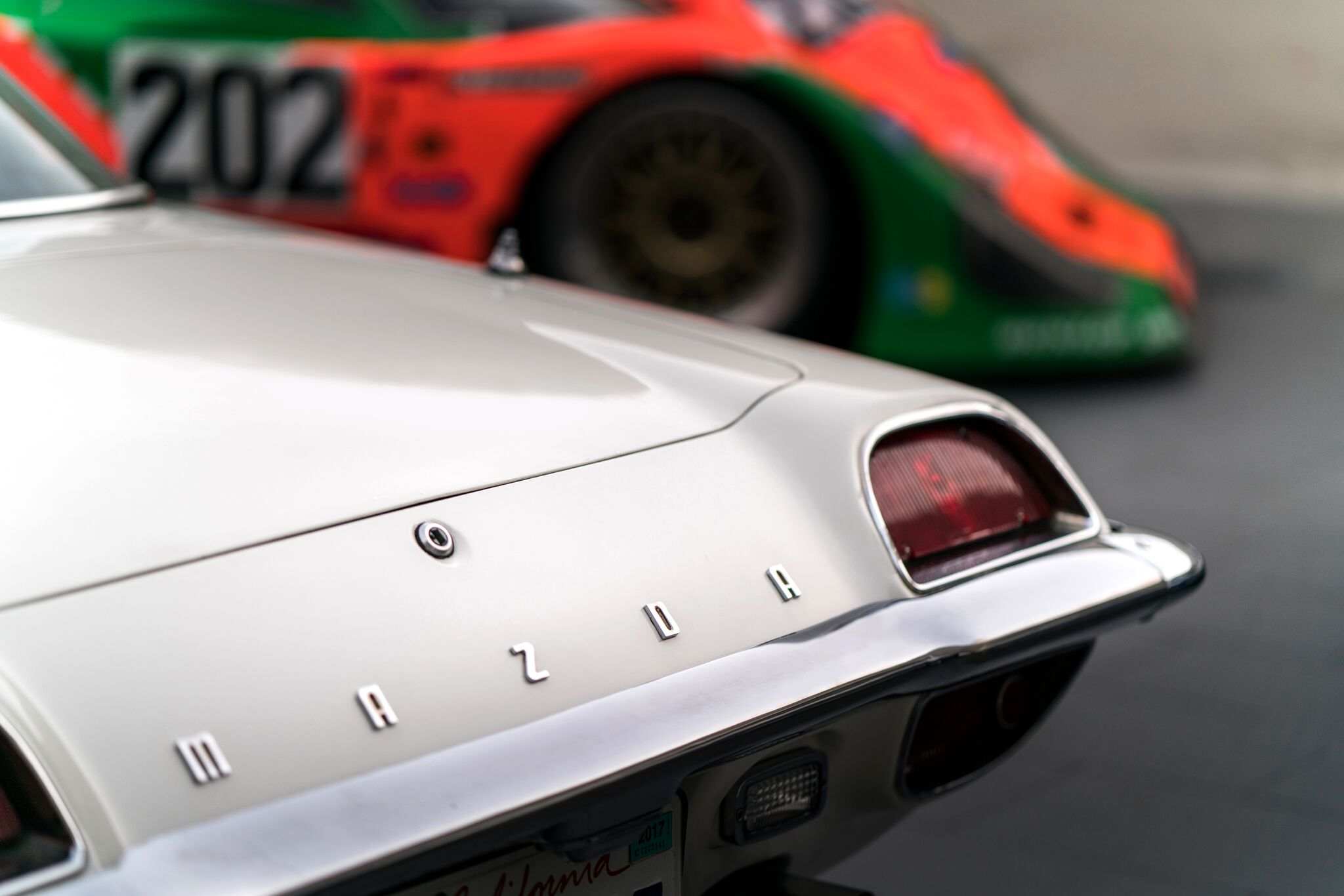

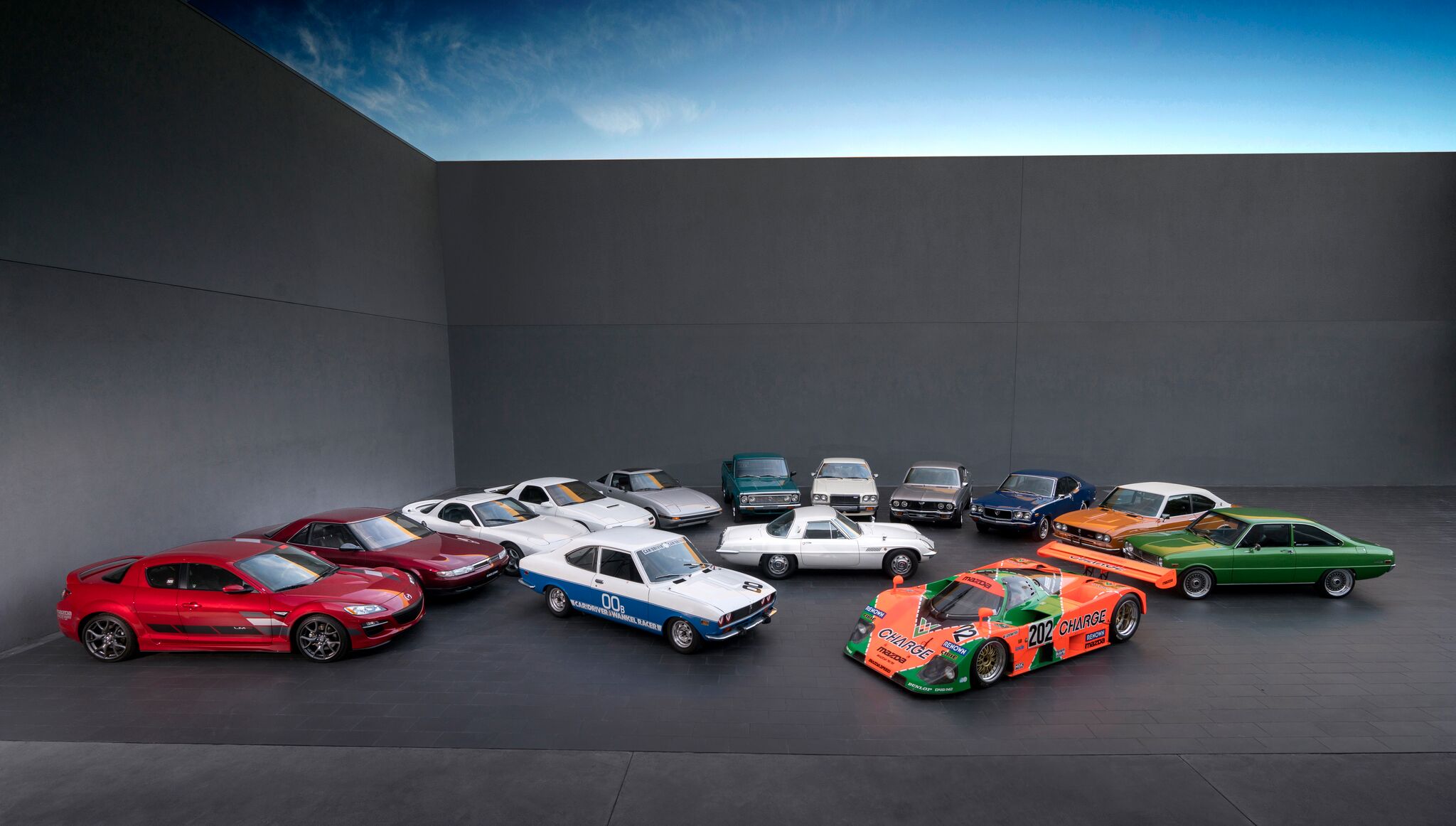
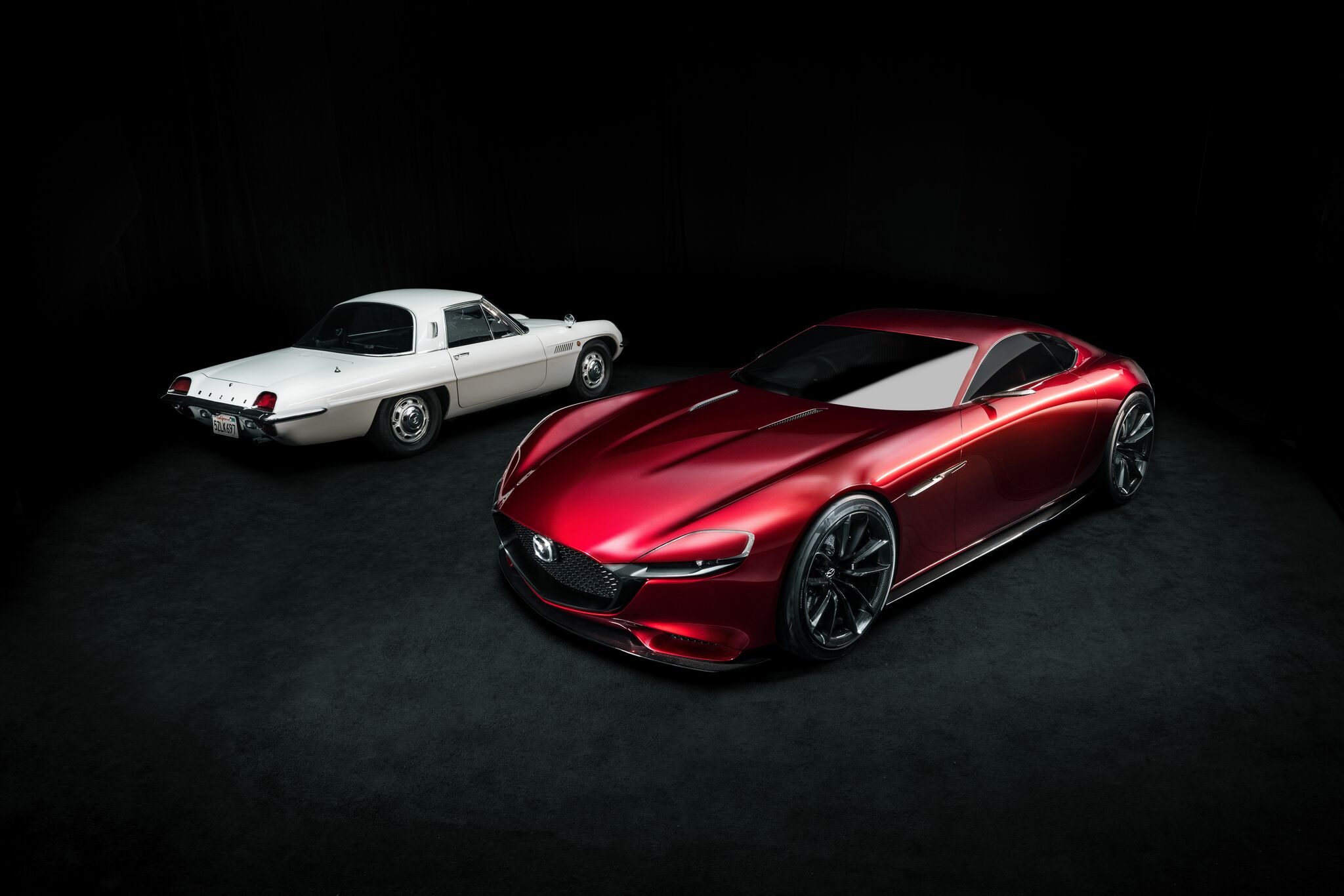

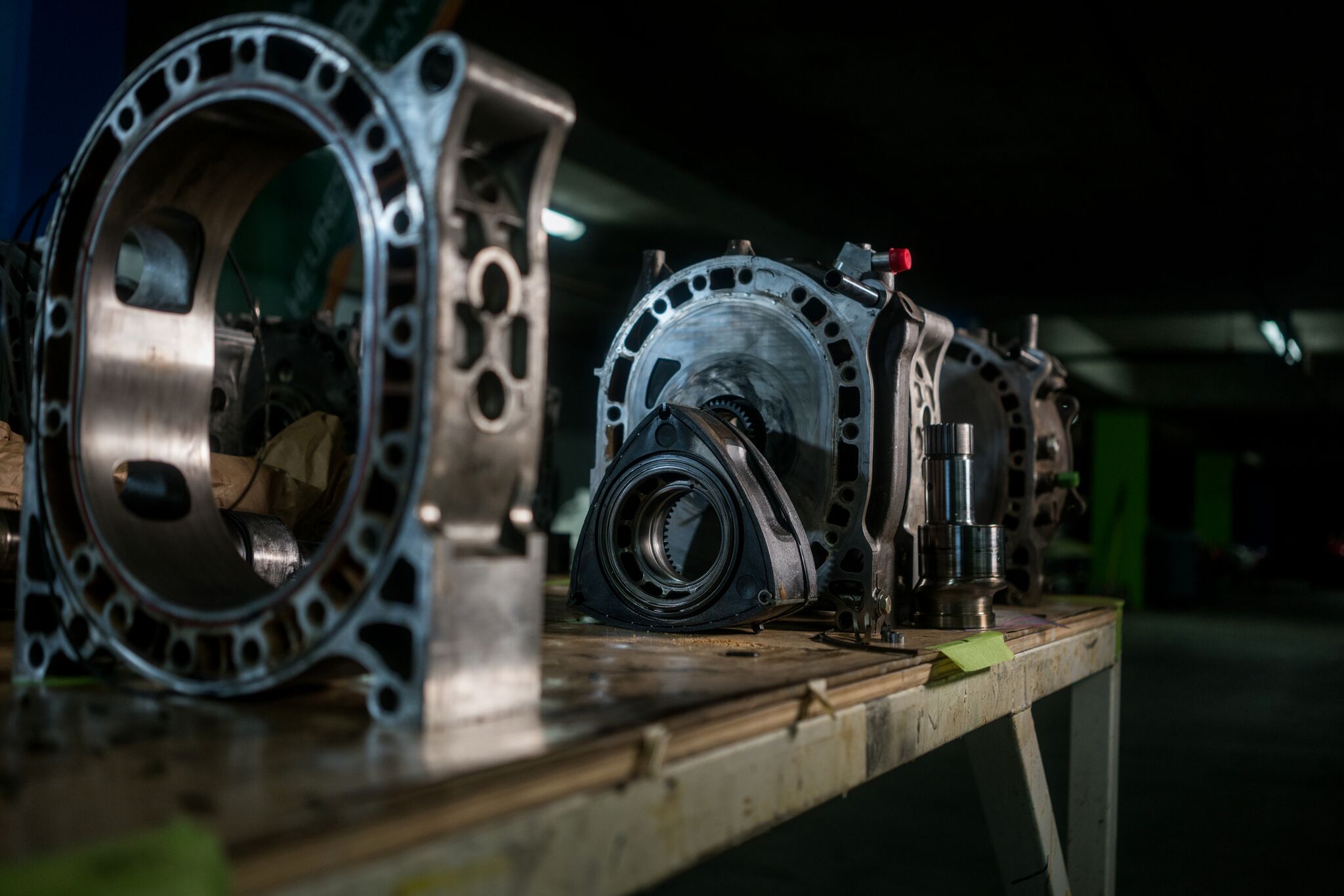
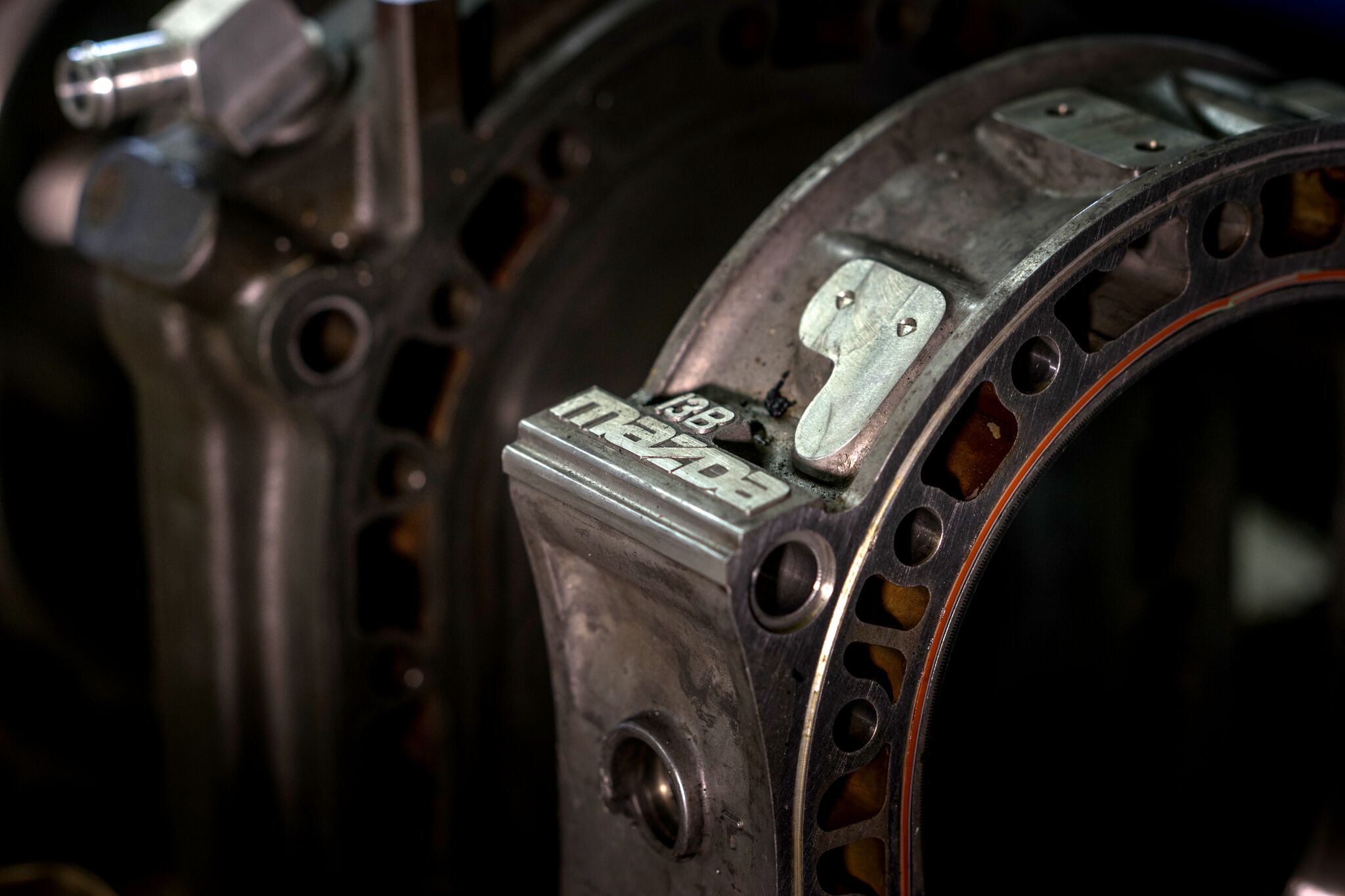
50 years ago, Mazda launched its rotary-powered Cosmo Sport. The sleek, stylish two-seater marked the beginning of a legacy of innovation that endures to this day – a legacy of fun-to-drive cars and motor sport success powered by unique technology. Back in 1967, the Cosmo Sport was the world’s first car powered by a twin-rotor engine. Known outside Japan as the 110S, it was also Mazda’s first sports car, supplying the DNA that has gone into legendary models like the Mazda RX-7 and Mazda MX-5, and indeed every vehicle the Japanese marque manufactures today.
Development of the powerplant under the Cosmo Sport’s bonnet exemplifies the company’s challenger spirit and a never-give-up tradition still evident 50 years later. Mazda’s engineers surmounted numerous hurdles to making the rotary engine commercially viable, testing Cosmo Sport prototypes over hundreds of thousands of kilometres prior to the market launch. Although dozens of companies including most major carmakers signed licensing agreements with NSU to develop the German car and motorcycle maker’s new technology, only one was successful.
Having harnessed the rotary’s potential to deliver performance levels equivalent to much larger and heavier reciprocating piston engines, Mazda would go on to build almost 2 million rotary-powered vehicles, also achieving considerable racing success. The RX-7, for example, dominated its class at IMSA events throughout the 1980s. But Mazda’s biggest single triumph on the track came in 1991, when a Mazda 787B powered by a 2.6-litre four-rotor powerplant producing 710PS won the 24 Hours of Le Mans. It was the only non-reciprocating engine ever to win the illustrious endurance race, and the first victory by an Asian brand.
